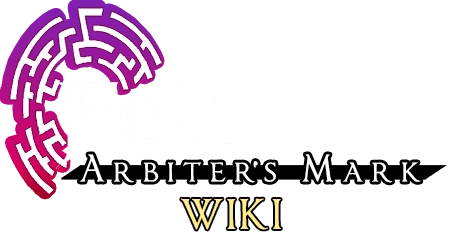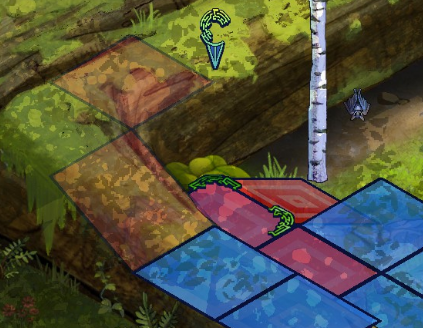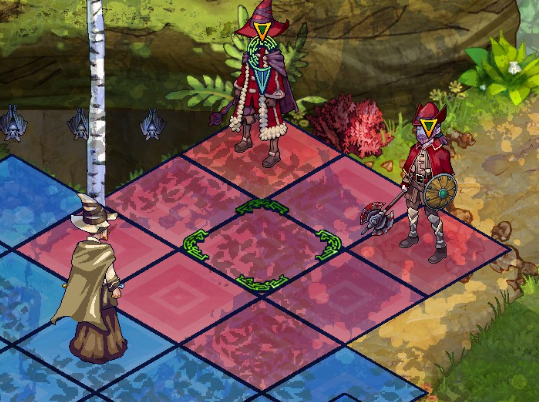Learning new Abilities is an important part of character progression in Fell Seal: Arbiter's Mark.
Learning Abilities[ | ]
Each character automatically knows the first ability offered by their Class, although a few classes such as Druid start with multiple abilities unlocked. Learning more abilities requires spending Ability Points (AP) in that class.
Ability Types[ | ]
There are 3 general categories of abilities: Active Abilities, Passive Abilities, and Counter Abilities.
Active Abilities[ | ]
Active Abilities are any abilities that must be selected in battle to use. A character has access to every Active Ability that their current class has unlocked and additionally has access to all unlocked Active Abilities of their subclass. There is no downside to choosing a subclass, so it's always a good idea to have one.
Passive Abilities[ | ]
Passive Abilities are abilities that are always in effect (or always in effect under certain conditions). Each class has a total of 2 passive abilities and each character automatically uses any passive abilities that they have unlocked from their main class. In addition, each character may select 2 passives outside of their main class from any passive abilities they have unlocked for a total of 4 passive abilities total.
Counter Abilities[ | ]
Counter Abilities are abilities that are used in response to specific triggers, but are not manually used by the character. Each class has 1 counter ability that it unlocks. A character may equip only a single counter ability, but they can equip any counter they unlocked no matter which class it's from.
Ability Descriptions[ | ]
This section details how to read the descriptions of active abilities.
MP: The amount of Mana Points required to use an ability. If this is not listed in an ability description, then it has no MP cost.
Range: How far away from the character's current position the ability can be targeted. This also includes a Vertical Height ("Vert"), which is the maximum amount of vertical distance the target can be from the character's current position. A range of Self indicates that the target can only be the character using the ability.
Area: The size of an ability with an area of effect, if applicable. This also includes a Vertical Height ("Vert") which determines the maximum vertical distance a tile in the area of effect can be from the targeted tile (generally the center of the AoE). If the Vertical Height value is exceeded for any tile, it will be excluded from the area of effect.
For example, in the below image, Water I is being used on the center tile. Water I has a vertical height of 2, but the height of two of the tiles have a vertical difference of over 2. They show up as a translucent red color to indicate that they will not be included in the area of effect if the ability is used.
Shape: This will display as Single for effects that only target a single tile. If an ability affects all enemies, it will be listed as All Enemies. For Area of Effect abilities, this will describe the shape of the area (see below for details).
Type: Whether the ability is a Skill, Spell, or Special ability. This has no inherent effect, but may affect the ability's interaction with other abilities such as Evade Skill, Double Cast, or equipment such as Staffs, which give a range bonus only to abilities that are Spells.
Vs: Whether or not the ability targets the opponent's DEF or RES stat. Non-offensive abilities will be listed as "Vs. None" instead.







